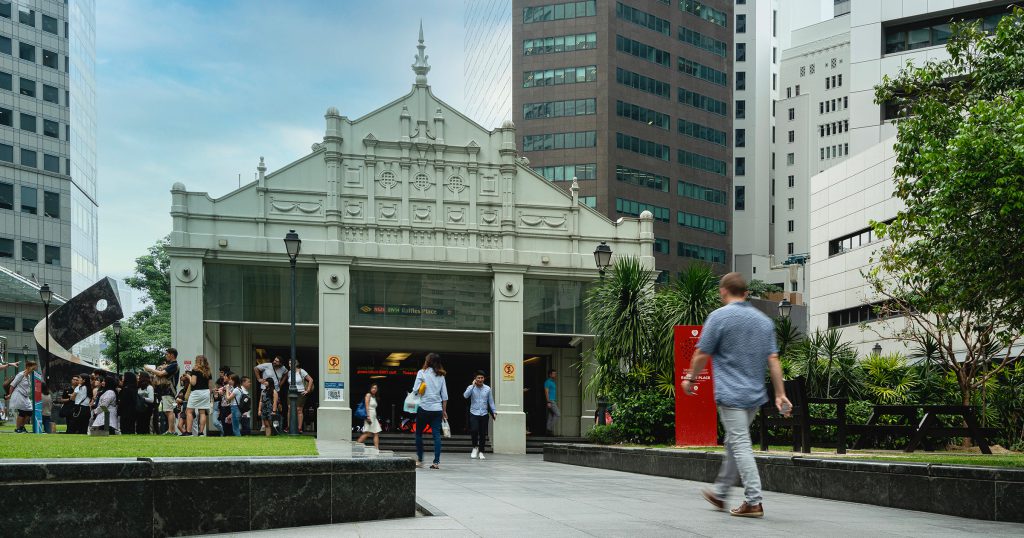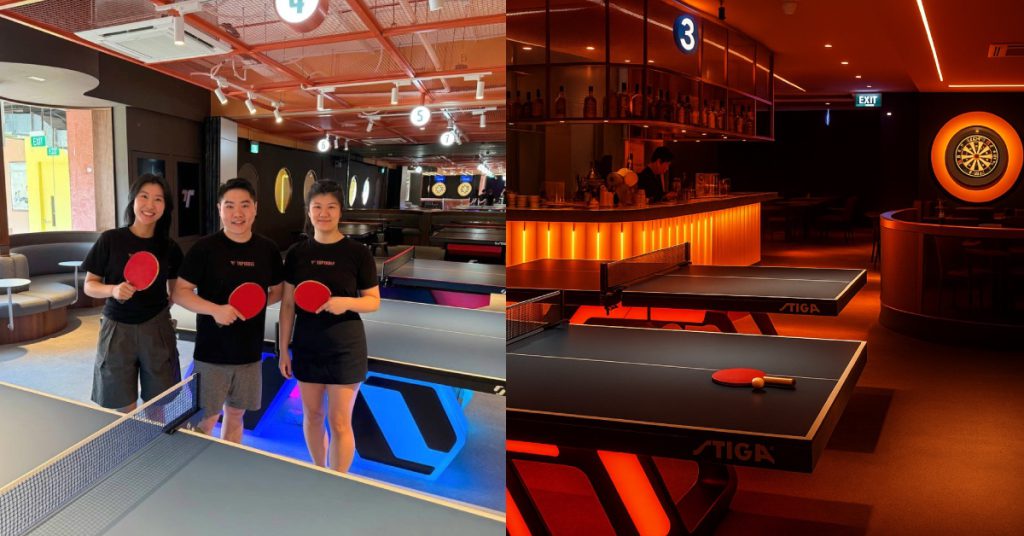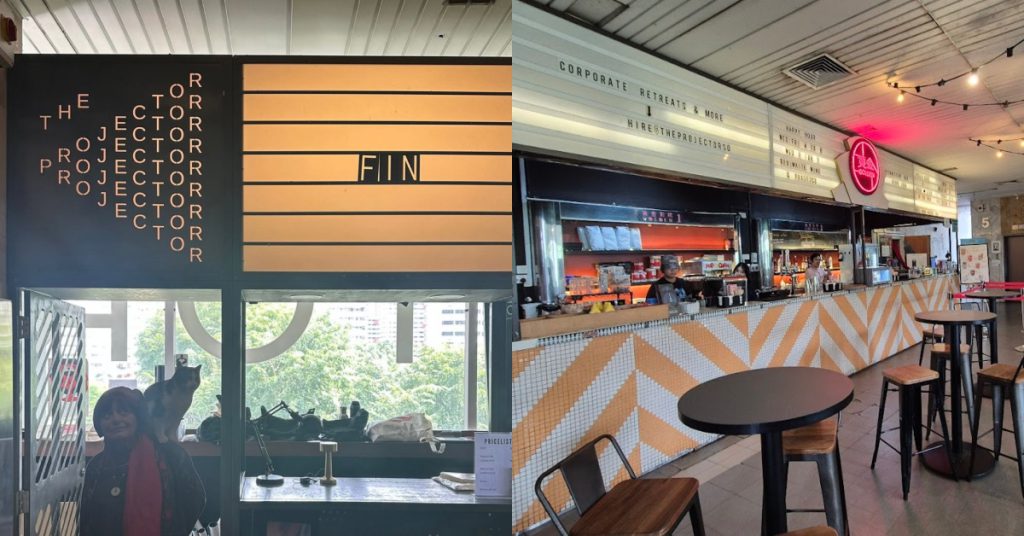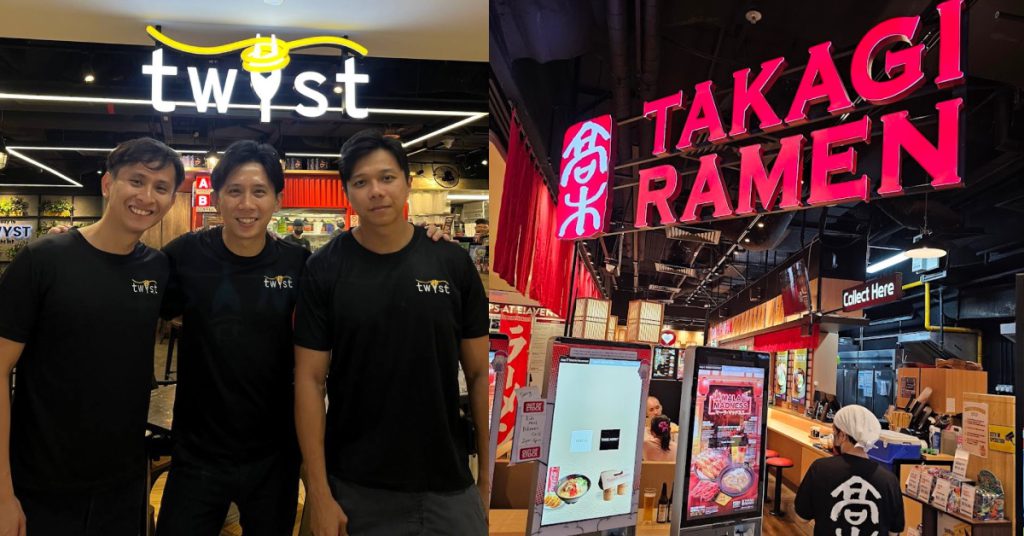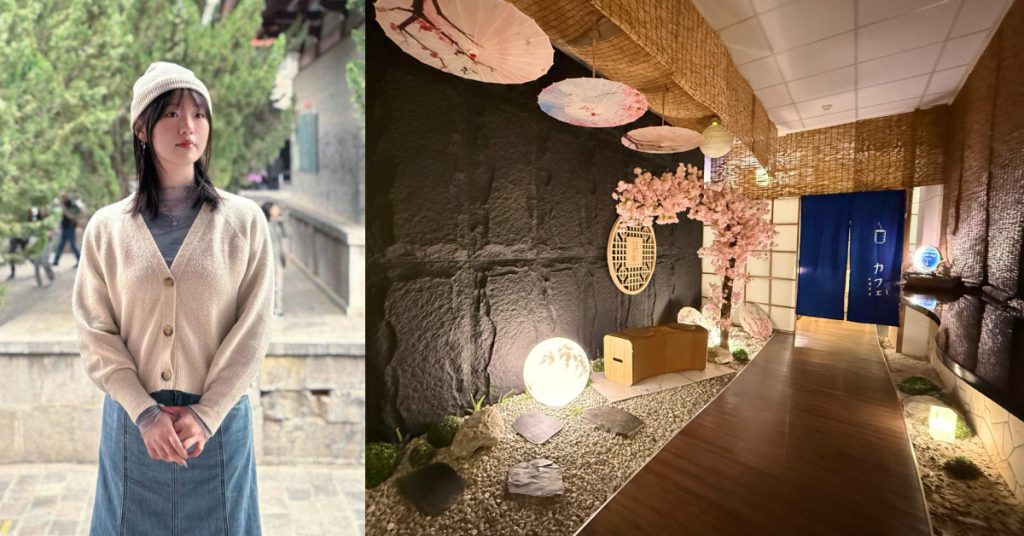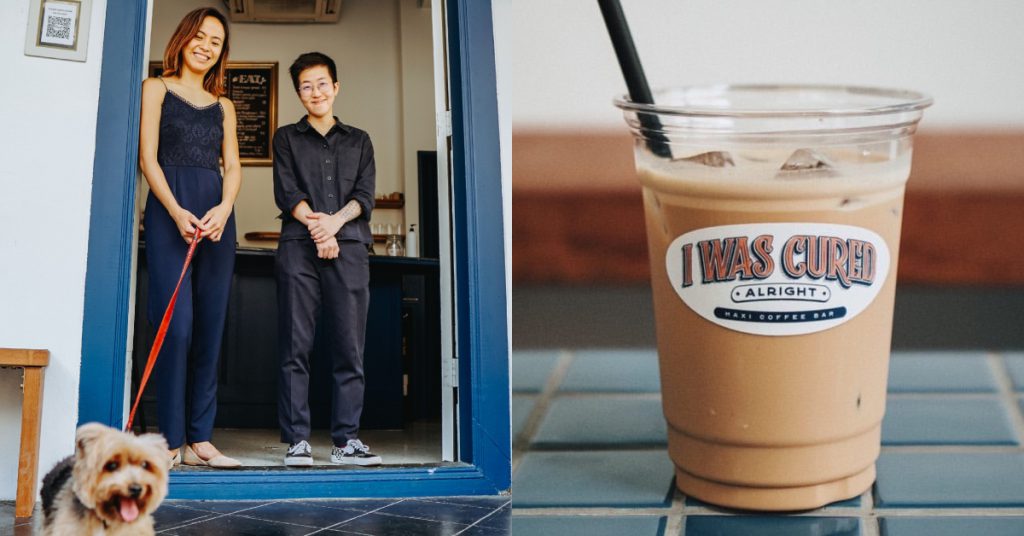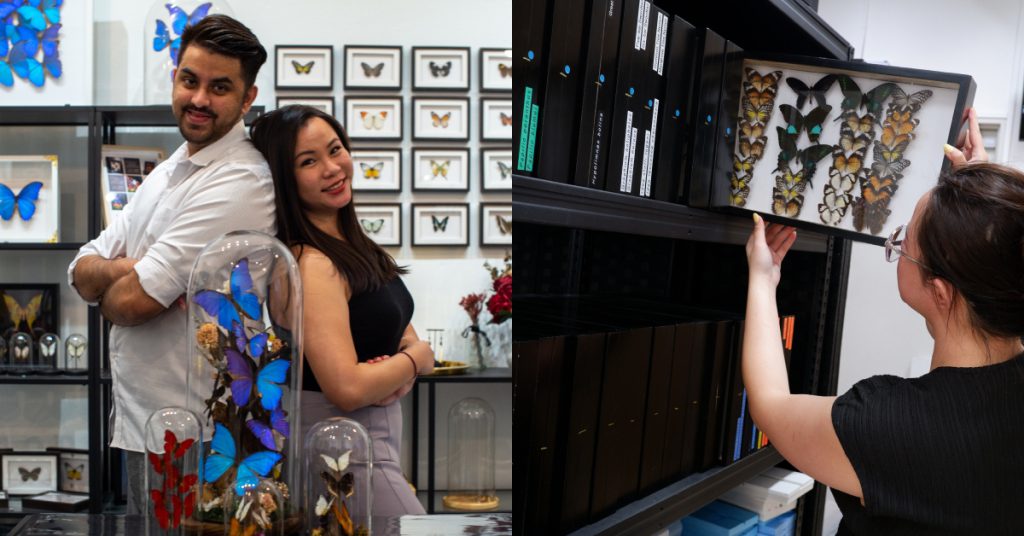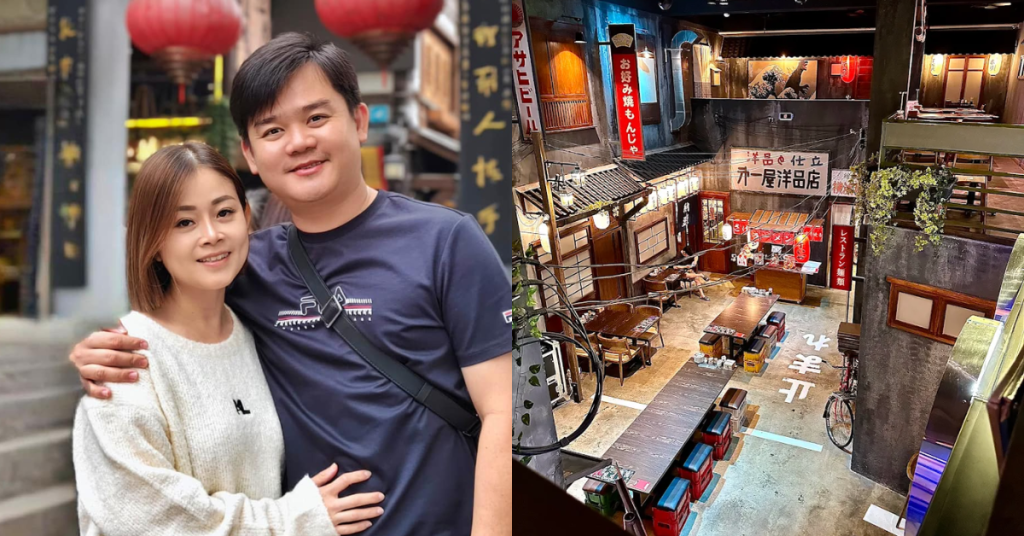Every year, the James Dyson Award (JDA), an international design award, rounds up young innovators (consisting of current and recent design engineering students) from 27 countries and regions to find a champion design.
2020’s national winner in Malaysia has just been announced, and the recipient is Kuno, a sustainable cooler fridge that requires zero electrical power to run.
The young innovators behind it are Kuan Weiking and Theodore Garvindeo Seah from Asia Pacific Institute of Information Technology, and they will be awarded RM10,000 for their winning design.
Their inspiration for Kuno came from realising that 16% of the world’s population (an estimated 1.2 billion people) still lack access to electricity.
Without electricity, lots of things that we take for granted wouldn’t be able to function. Take for example, a fridge to keep our food fresh for longer, especially in our humid climate.
However, even in urban areas, electrical power cuts or outages could still happen suddenly.
Rather than trying to go down the solar route, the two young men looked to practices from another era of civilisation for inspiration.
How Kuno Works
Centuries ago, Labu Sayong, a traditional water pitcher moulded from earth clay, was used to cool down water naturally.
This is the concept that Weiking and Theodore wanted to use for Kuno, as it required only natural resources that were in abundance and could reduce carbon footprint at the same time.
The duo uses the technique of double-wall potting and filling the passage in between the clay walls with sand. Water will then be poured in to soak the sand.

“With the help of the porous outer clay wall and evaporative cooling principle, the evaporation of the water will then draw the heat from the inner chamber by releasing it through the natural quality of the porous clay,” Weiking and Theodore described.
The natural phenomenon brings down the temperature in the chamber and cools the food that’s stored in the inner core for an extended time.
What I find cool is how they’ve made it practically impossible for you to forget to water the sand.
On top of the main fridge, they’ve created a crater for a plant bowl that you could grow an edible plant in.
The plant bowl is lined with holes, so each time you routinely water the plant, the water will travel through the holes and down into the sand.
Weiking and Theodore began the design process by first mind-mapping to identify current issues with poverty and how those living in it are affected by having no access to electricity.
“Brainstorming and research were done to incorporate the elements of sustainable materials and the study of natural renewable energy sources to make the whole idea possible,” the duo shared.
Then came the ideation sketches and the sketches of the development stages.

“Temperature testing results were also being referred and put into consideration to determine which suitable choice of materials should be used,” Weiking and Theodore described.
A Handmade Product With Potentially Vast Impact
They’ve now got a working prototype, and see a lot of opportunity for Kuno’s growth in the cottage industry.
Dictionary Time: The cottage industry is a small-scale, decentralised manufacturing business often operated out of a home rather than a purpose-built facility. They often focus on the production of labour intensive goods but face a significant disadvantage when competing with factory based manufacturers that mass-produce goods.
Investopedia
The duo predict that Kuno’s production style can help those in the stagnant cottage industry revitalise their income and generate more job opportunities to sustain livelihoods.
“Next planning is in allocating a fund into further material research, prototyping with various sizes, testing under different weather conditions and regions, collaboration with local pottery makers in creating small scale production for market testing and then to be delivered to suitable regions to fully kickstart the use of Kuno,” Weiking and Theodore said.
Big, big plans, and I wish them success.
However, I still have questions about Kuno’s overall effectiveness in keeping food fresh, such as how a user would know that the sand has been soaked enough, where Kuno should be placed, and how it keeps pesky bugs out.
Therefore, I’ve since reached out both Weiking and Theodore through Dyson and will be updating the article with their responses once I get them.
As for their ongoing race to be the international winner, the duo will now compete internationally to be shortlisted in the top 20.
- Read about JDA 2019’s national winner in Malaysia, Sarah Moi’s Eat. Easy here.
- You can learn more about KUNO here.
Featured Image Credit: Kuan Weiking and Theodore Garvindeo Seah, national winners of Malaysia for the James Dyson Award 2020.





